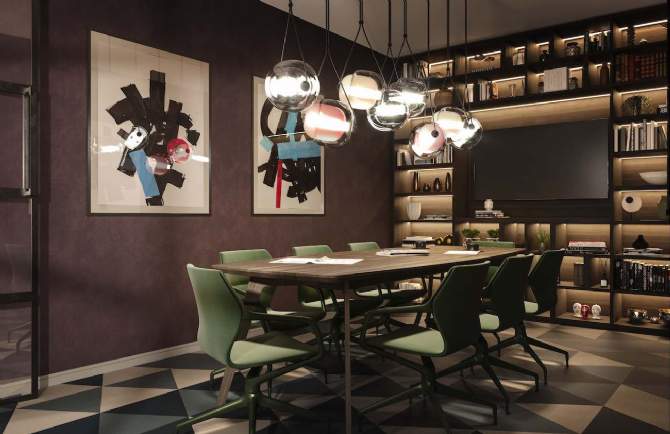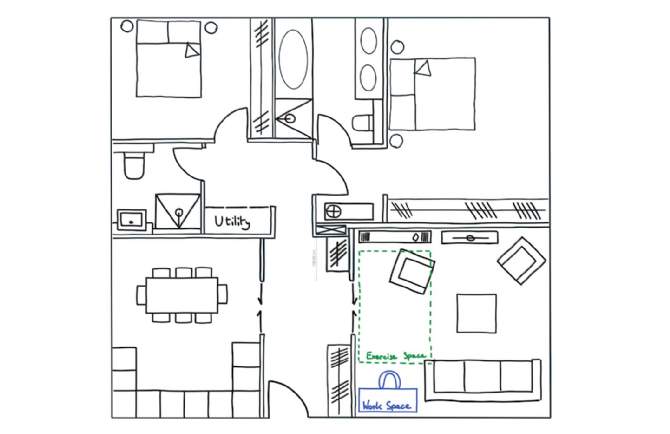Traditionally our homes have been separate from the 9-5, providing a clear distinction between work and the rest of our lives. In recent years this has changed and the response to Covid-19 seems likely to accelerate these trends.
Data from the Office for National Statistics shows that the number of people who work remotely has increased by nearly a quarter of a million over a decade. Meanwhile, according to research carried out by Lloyds Bank, two in five workers say that when looking for a new home, suitable work space is a factor.
So far residential developers have reacted to the demand for home working, addressing issues such as:
Connectivity
This is now being taken into consideration when the building specification is outlined. The rise of phone usage in the past decade has prompted some developers to place signal boosters within developments or on the roof where possible. Steel frames in traditional new-build developments have often been the cause of weak reception in central parts.
Internet speed is vital. Developers are ensuring their buildings are fitted with the very latest and fastest internet cabling. Previously this would have been considered at a later stage in the design process but it is fast becoming one of the top priorities for buyers. The focus on connectivity has seen the rise of companies such as Wired Score, which provides certification on building connectivity.
Space
The London Housing Design Guide, which sets the standard for residential development in London, now requires new homes to provide sufficient space to allow working from home. Credits are awarded under the Code for Sustainable Homes for providing space and services that enable a room to be used effectively as a home office, including allowing a desk chair and filing cabinet to be installed. This is why we will often see a work desk and chair placed on a marketing floor plan.
.jpg)
.jpg)





.jpg)
.jpg)
.jpg)
.jpg)
.jpg)

